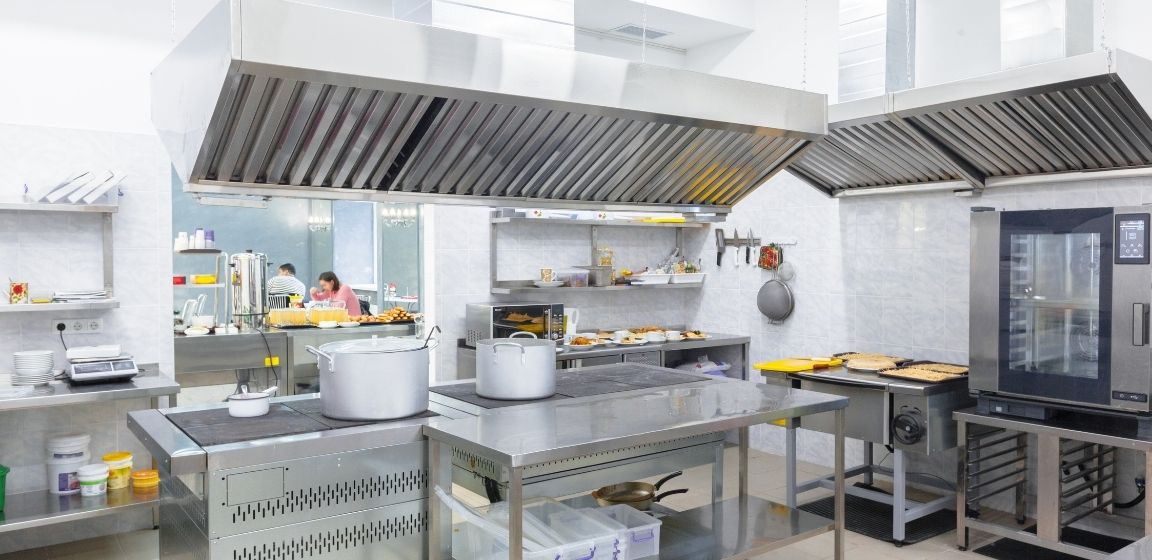[su_note note_color=”#ffe3e6″]This post contains affiliate links. Affiliate disclosure: As an Amazon Associate, we may earn commissions from qualifying purchases from Amazon.com and other Amazon websites.[/su_note]
If you’re a fan of cooking at home, have you ever wondered what it would be like to work in a professional kitchen? From what we see on popular cooking shows and videos, commercial kitchens look technologically advanced. They have everything a chef could need. But what are the differences between home and professional kitchens? Today, we’re here to answer this question with a few examples below.
Ladle of Contents
The Equipment
The equipment is the most notable difference between home and professional kitchens. From the quality to the size to the materials, the equipment in a commercial kitchen exceeds home kitchen standards. Appliance types are often no different, though. Refrigerators, freezers, ovens, mixers, and more are all larger and outfitted for commercial use. This is due to their designs, which have upgraded versions of everything from their heating and cooling systems to their insulation materials. Commercial kitchens even feature everyday items of the highest quality, such as pots, pans, and, of course, cutting knives.
The Recipes
Recipes work differently in the professional kitchen as well. Most professional chefs cook so often that they don’t need to painstakingly measure out ingredients in a measuring cup or spoon as many of us do. They might not even follow a recipe at all, having memorized many of their commonly cooked dishes as well. Most cooks use ratios and memory to create their recipes and measure the ingredients they use.
The Size
The size of the commercial kitchen depends on its location. Fancy commercial and professional kitchens in upscale restaurants are usually on the larger side. They must accommodate a large staff that cooks for more customers. However, some restaurants are small, meaning their kitchens need to have designs that account for the workflow to maximize the space available. Function trumps aesthetics for these commercial kitchens.
Does this give you a better idea of the differences between home and professional kitchens? In theory, you could attain the essence of a commercial kitchen at home with many hours of culinary practice and some renovations. However, the scale of a commercial kitchen would be hard to recreate at home, and it’s best left to the pros.



